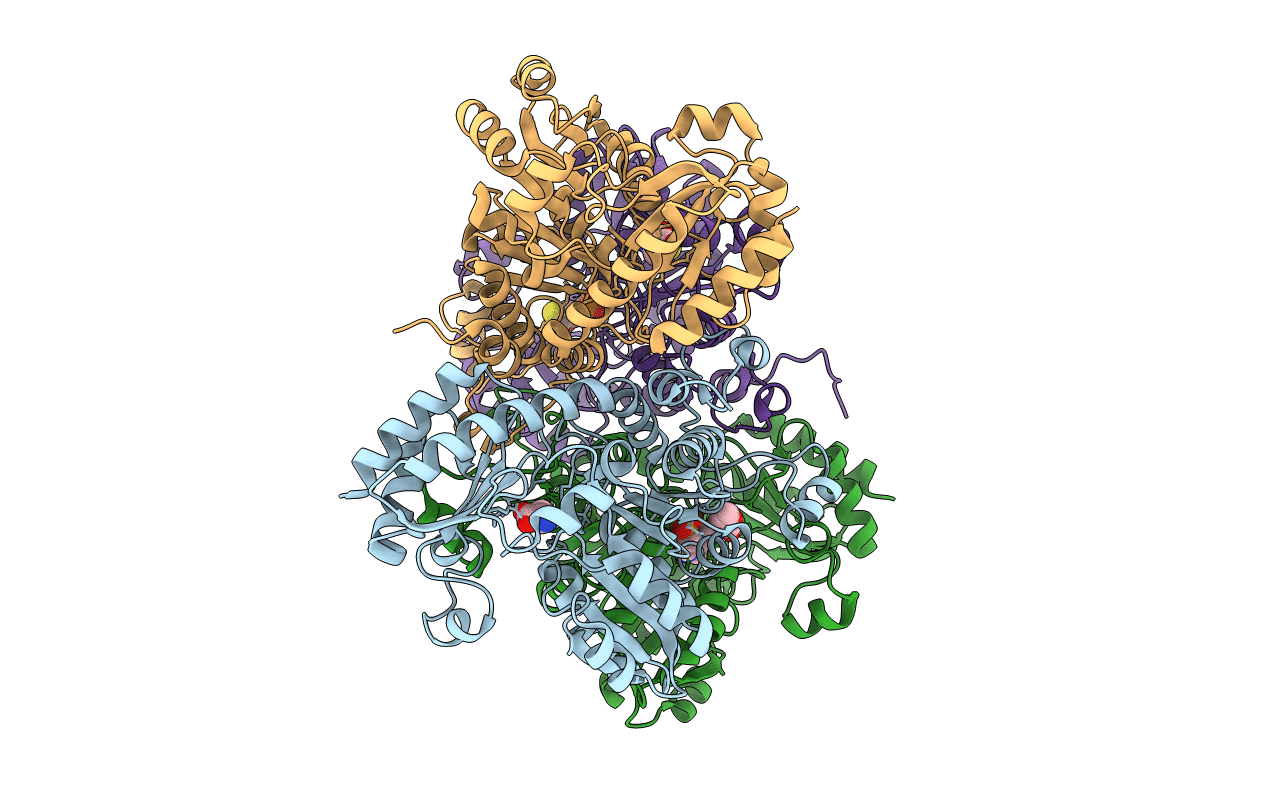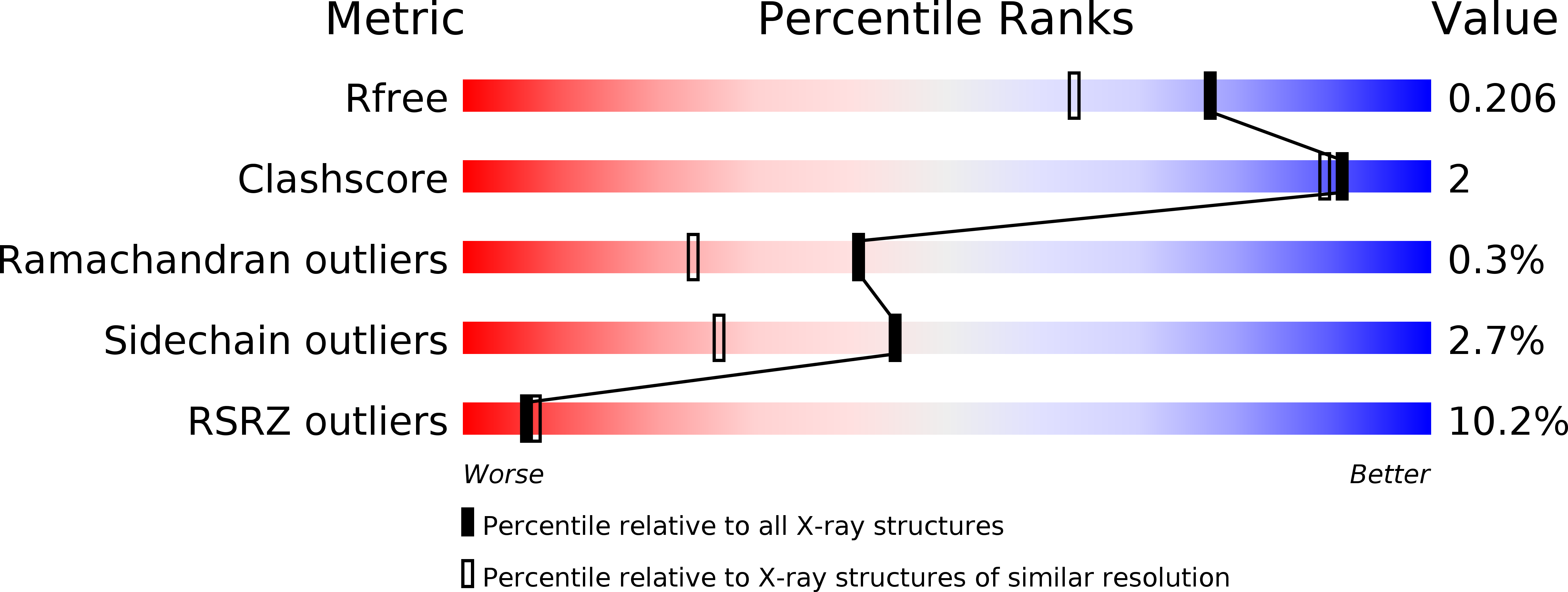
Deposition Date
2017-02-02
Release Date
2017-04-12
Last Version Date
2024-03-06
Entry Detail
PDB ID:
5X30
Keywords:
Title:
Crystal structure of Pseudomonas putida methionine gamma-lyase C116H mutant with L-homocysteine intermediates.
Biological Source:
Source Organism:
Pseudomonas putida (Taxon ID: 303)
Host Organism:
Method Details:
Experimental Method:
Resolution:
1.70 Å
R-Value Free:
0.19
R-Value Work:
0.16
R-Value Observed:
0.17
Space Group:
P 21 21 2


